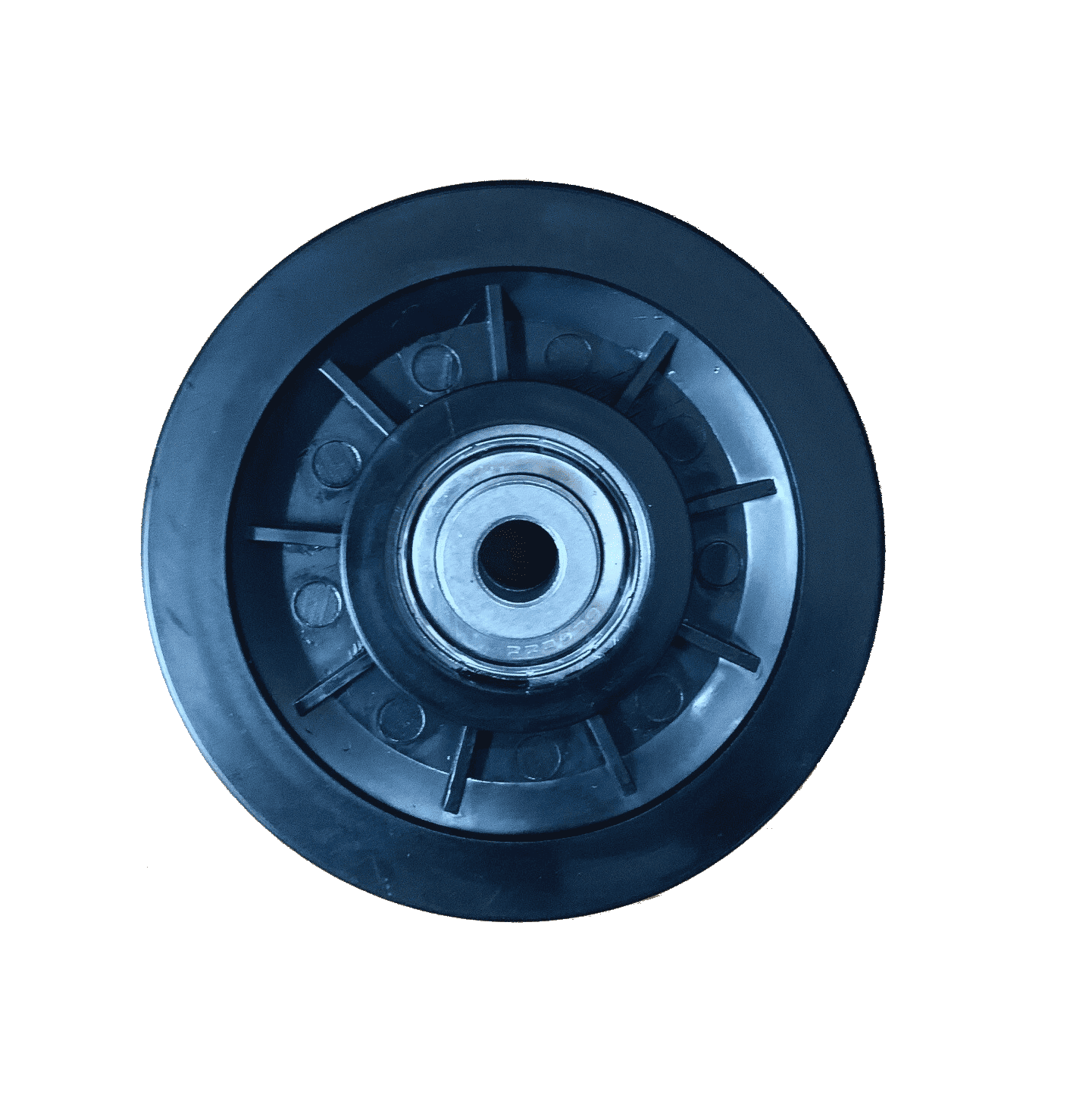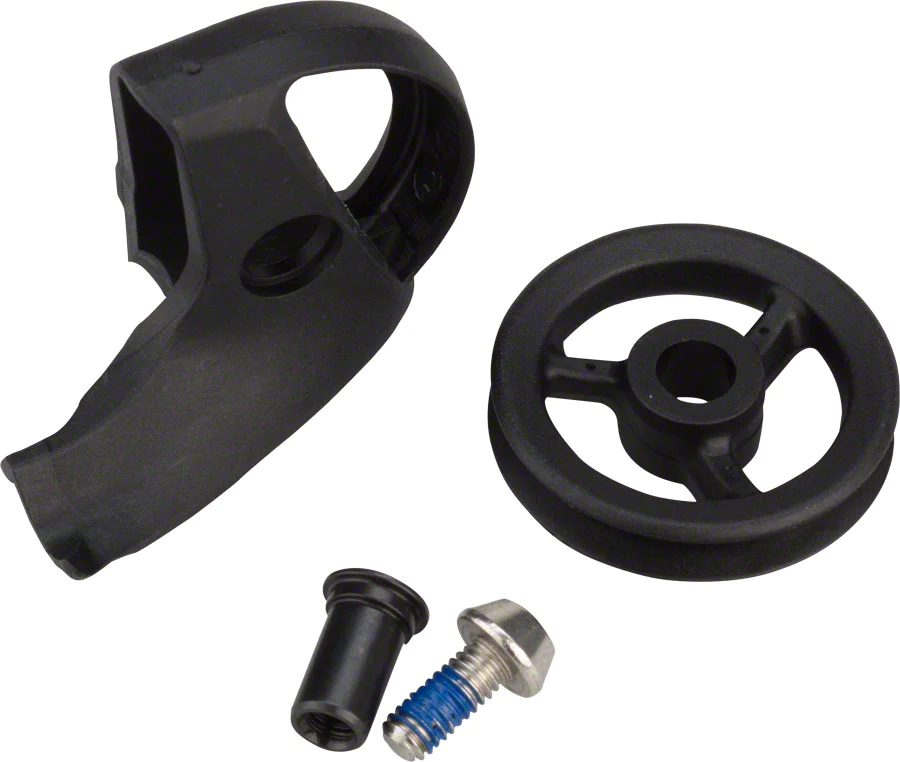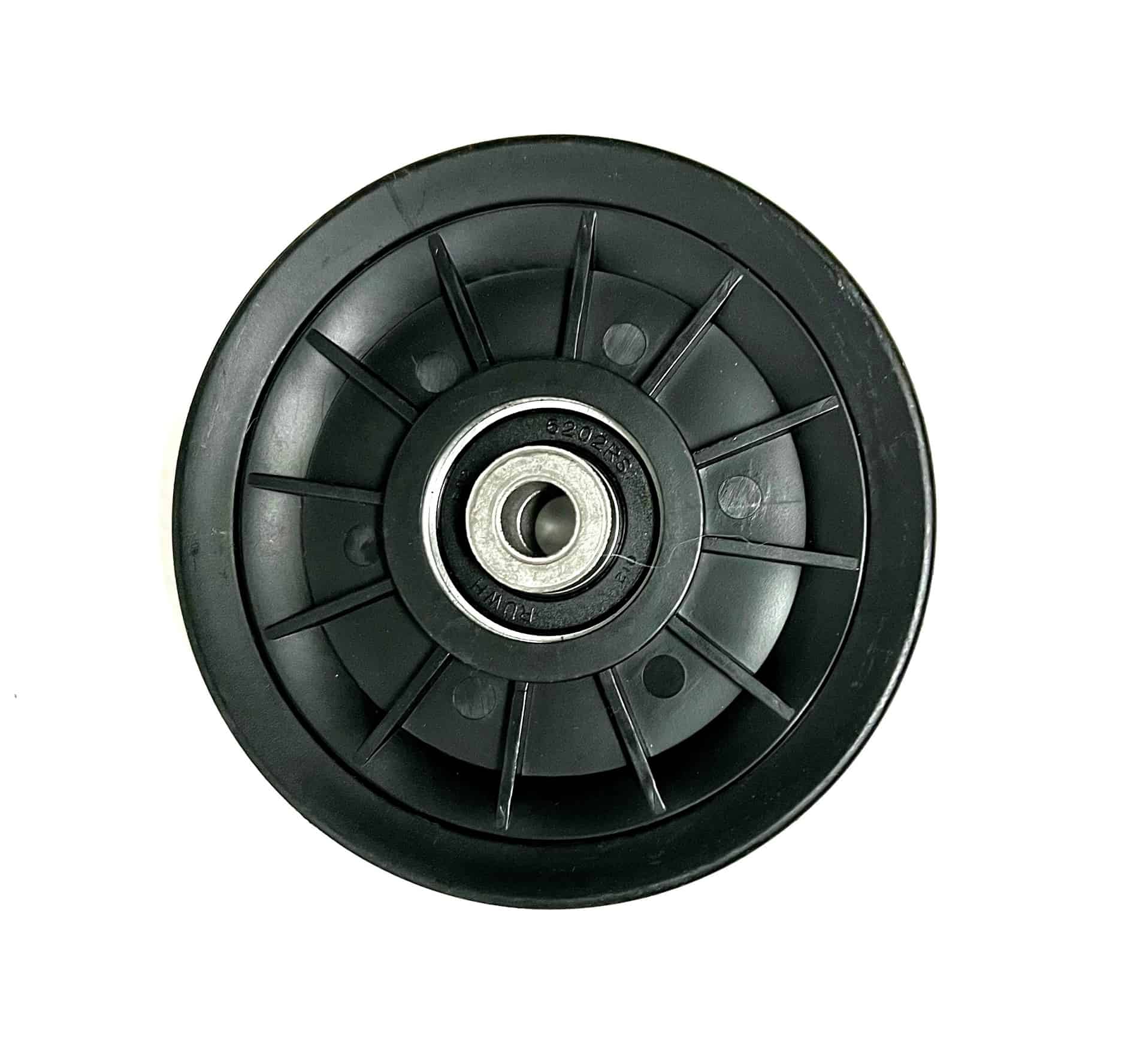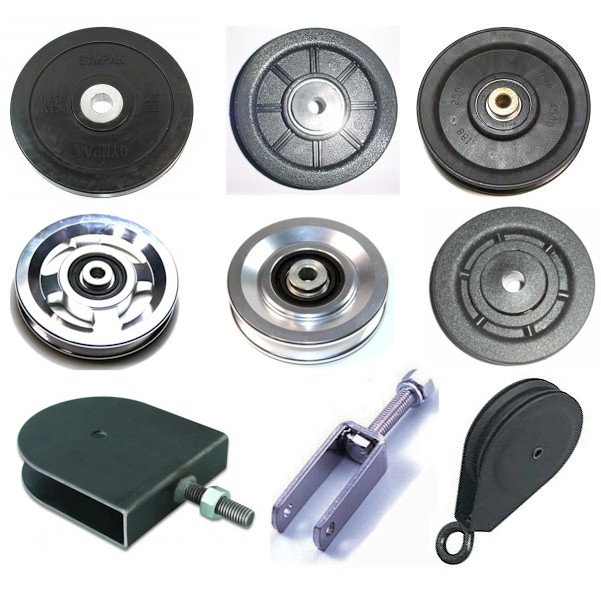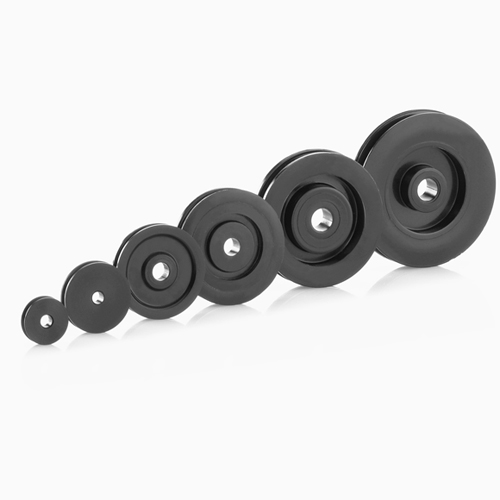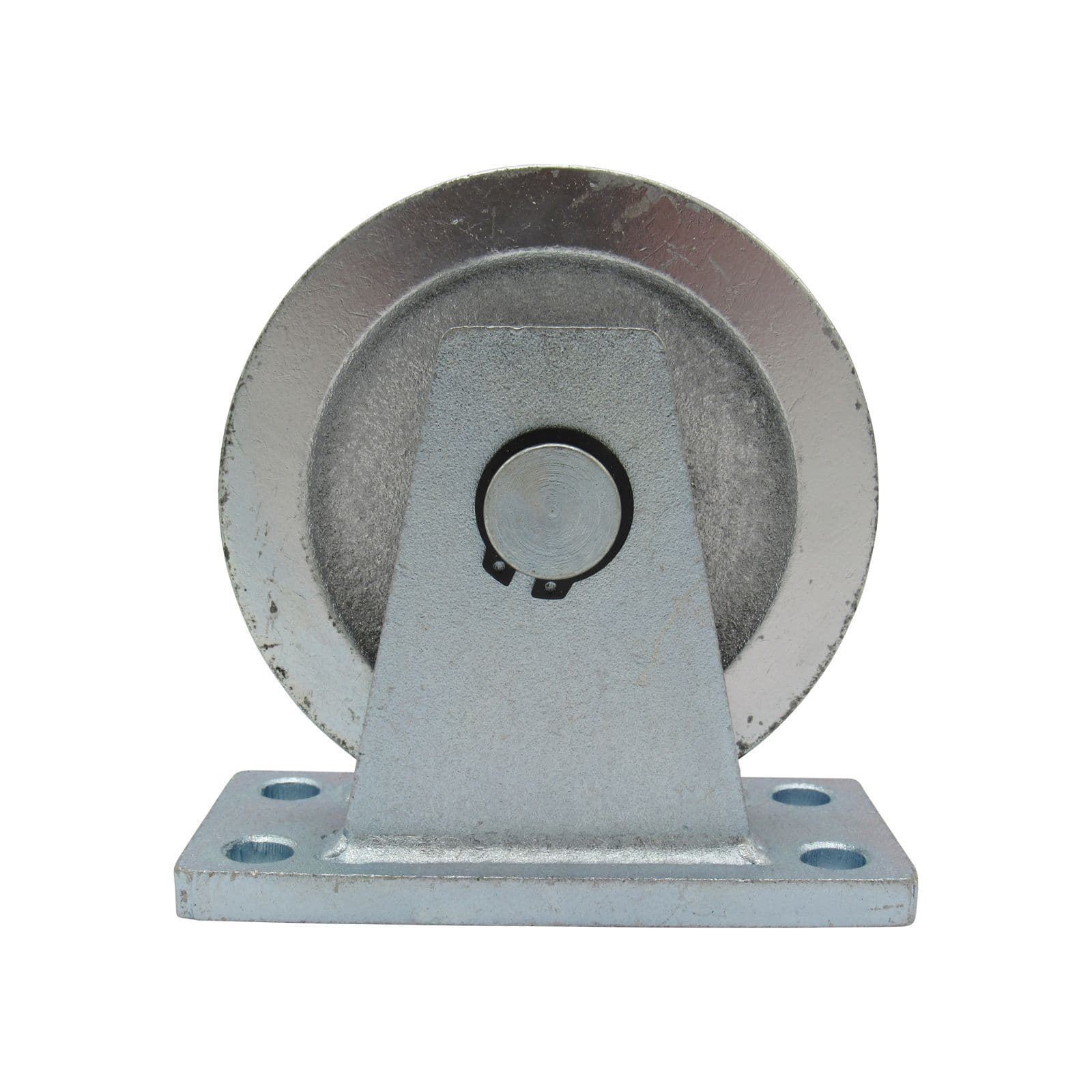Product Description
Hanging Hook Wire Exterior Electric Cable Xihu (West Lake) Dis. Pulley Straight Line Cable Roller
Information:
The raw material is high quality steel, small, light weight, easy to carry. Applied in line construction for lifting weight. Hanging on the crossarm angle iron while using.
Feature:
High quality steel, rust and corrosion protection. Low noise.
To support the Transmission work, CHINAMFG Power has Tubular Gin Pole, Hydraulic cable puller, wire rope pulley block, hoisting tackle, Wire rope gripper, Cable reel spool and stand- all are OEM and professionally produced per ISO 9001:2008, which are being sold to over more than 50 countries in the world. Some items like emergency restoration tower and crossing structure, we can customized, and the safety tools and accessories, are not demanded the MOQ. You can freely help you out either Tech issue or Products requirements. Pls approach us. Thanks.
1. Training and services.
CHINAMFG is a company specializing in the development, design and manufacture of electrical construction equipment and tools. We not only manufacture and sell international standard products, OEM and custom products, but also provide quality tracking and service monitoring.
2. How about the quality of your products?
Our products are manufactured in strict accordance with national and international standards, and each product is tested before delivery. If you would like to view our quality certification and various test reports, please consult us.
3. Why do you choose us?
Because we can provide you with excellent service, quality and reasonable price. In addition, we can also provide smooth delivery of goods, excellent customer solutions.
4. Customer inquiry.
If there is an emergency, customers can also use online contact methods (online Chat, Skype, WhatsApp, ) for faster and better communication. Any enquiry will be answered within 12 working hours.
5. How to obtain samples?
We can provide free samples to the buyer for testing, but the buyer needs to pay the freight. Existing samples take 2-3 days. If there is no stock, we will advise the delivery date.
6. How about packing and shipping?
All goods will be packed in plywood boxes for safe, long haul transport. Support EXW, FOB, CIF, CFR terms.
Required documents such as packing list, commercial invoice, bill of lading, air waybill, CO, Form E, Form F etc will be provided.
Note: If you do not find the product you need, please feel free to contact us. We will provide the best quotation as soon as we verify your requirements.
/* January 22, 2571 19:08:37 */!function(){function s(e,r){var a,o={};try{e&&e.split(",").forEach(function(e,t){e&&(a=e.match(/(.*?):(.*)$/))&&1
| After-sales Service: | 1 Year |
|---|---|
| Warranty: | 1 Year |
| Type: | Pulley Block |
| Samples: |
US$ 5/Piece
1 Piece(Min.Order) | Order Sample |
|---|
.shipping-cost-tm .tm-status-off{background: none;padding:0;color: #1470cc}
|
Shipping Cost:
Estimated freight per unit. |
about shipping cost and estimated delivery time. |
|---|
| Payment Method: |
|
|---|---|
|
Initial Payment Full Payment |
| Currency: | US$ |
|---|
| Return&refunds: | You can apply for a refund up to 30 days after receipt of the products. |
|---|
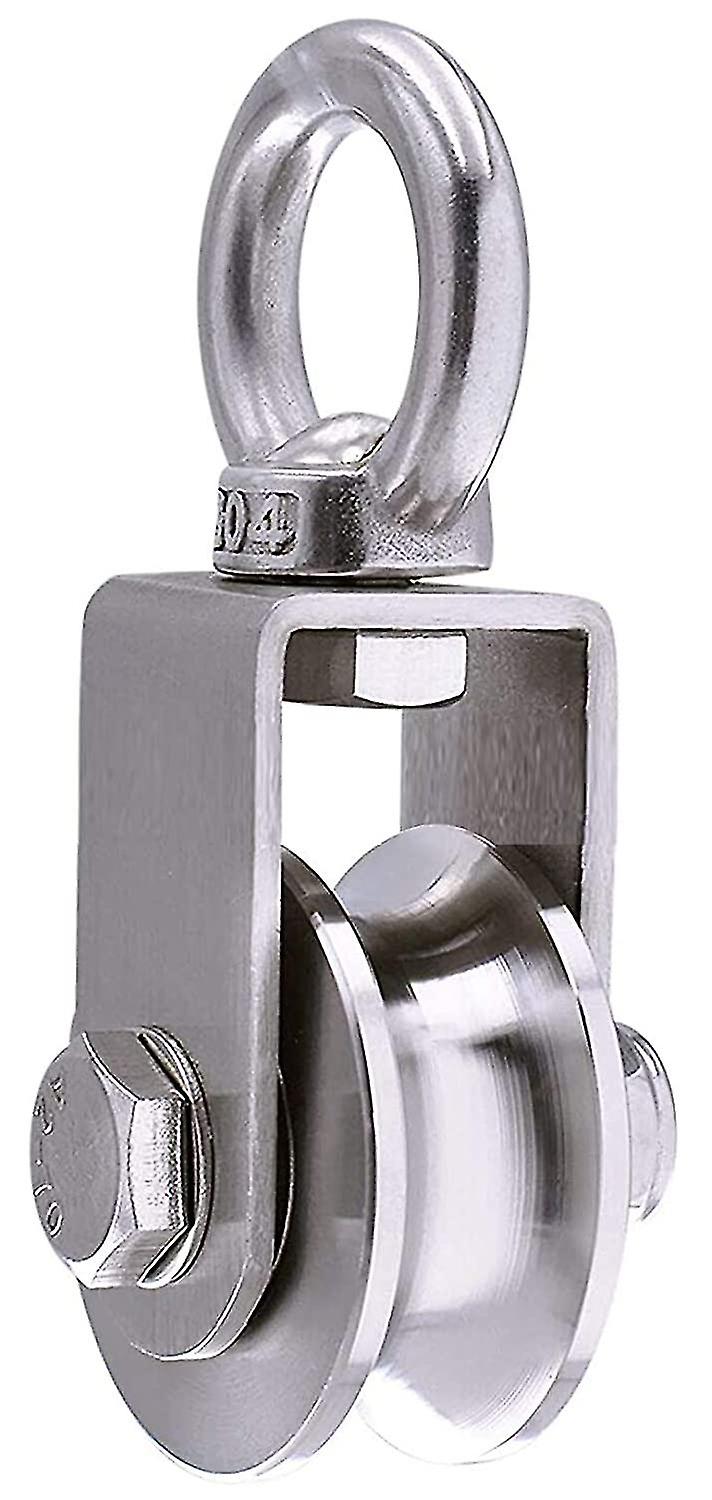
How do cable pulleys contribute to the functioning of garage door systems?
Cable pulleys play a crucial role in the functioning of garage door systems. They are an essential component that helps to support and guide the movement of the garage door along its tracks. Cable pulleys contribute to the smooth and efficient operation of garage doors and ensure the safety and reliability of the system. Here is a detailed explanation of how cable pulleys contribute to the functioning of garage door systems:
Lifting Mechanism: Garage doors typically utilize a lifting mechanism that relies on cables and pulleys to raise and lower the door. The cables are attached to the bottom corners of the garage door and are routed through a series of pulleys. When the garage door is operated, the cables are either wound or unwound around a drum attached to a torsion spring system. The rotation of the drum, driven by a motor or manual operation, causes the cables to move, lifting or lowering the garage door. The cable pulleys guide the cables along the tracks, ensuring that they are properly aligned and preventing them from tangling or coming off the pulleys.
Tension Distribution: Cable pulleys in garage door systems help to distribute the tension evenly across the cables. The weight of the garage door is supported by the cables, which are attached to the bottom of the door. As the door moves, the tension in the cables changes. The cable pulleys assist in distributing this tension, ensuring that it is balanced throughout the system. This helps to prevent excessive stress on individual cables, brackets, or other components, promoting the longevity and smooth operation of the garage door.
Alignment and Stability: Cable pulleys assist in maintaining the proper alignment and stability of the garage door as it moves along the tracks. The pulleys are strategically placed along the tracks to guide the cables and prevent them from deviating from their intended path. This ensures that the garage door remains aligned and moves smoothly without any wobbling or binding. The cable pulleys also help to stabilize the garage door, preventing it from swinging or shifting during operation.
Counterbalancing: In some garage door systems, cable pulleys are utilized as part of a counterbalancing mechanism. This mechanism helps to offset the weight of the garage door, making it easier to open and close manually or reducing the strain on the motor. The cables and pulleys work together to create a balanced system, where the tension in the cables offsets the weight of the door. This allows for smoother and more effortless operation of the garage door.
Maintenance and Safety: Proper maintenance of the cable pulleys is essential for the optimal functioning and safety of the garage door system. Regular inspections should be conducted to check for any signs of wear, damage, or misalignment. Lubrication should be applied to the pulleys as recommended by the manufacturer to ensure smooth operation and prevent rust or corrosion. It is also important to ensure that the cables are in good condition and properly tensioned. Any issues with the cable pulleys or cables should be addressed promptly to avoid potential safety hazards.
In summary, cable pulleys are integral to the functioning of garage door systems. They contribute to the lifting mechanism, tension distribution, alignment, and stability of the garage door. Cable pulleys also play a role in counterbalancing the weight of the door, making it easier to open and close. Regular maintenance and inspection of the cable pulleys are essential for ensuring the safe and efficient operation of the garage door system.
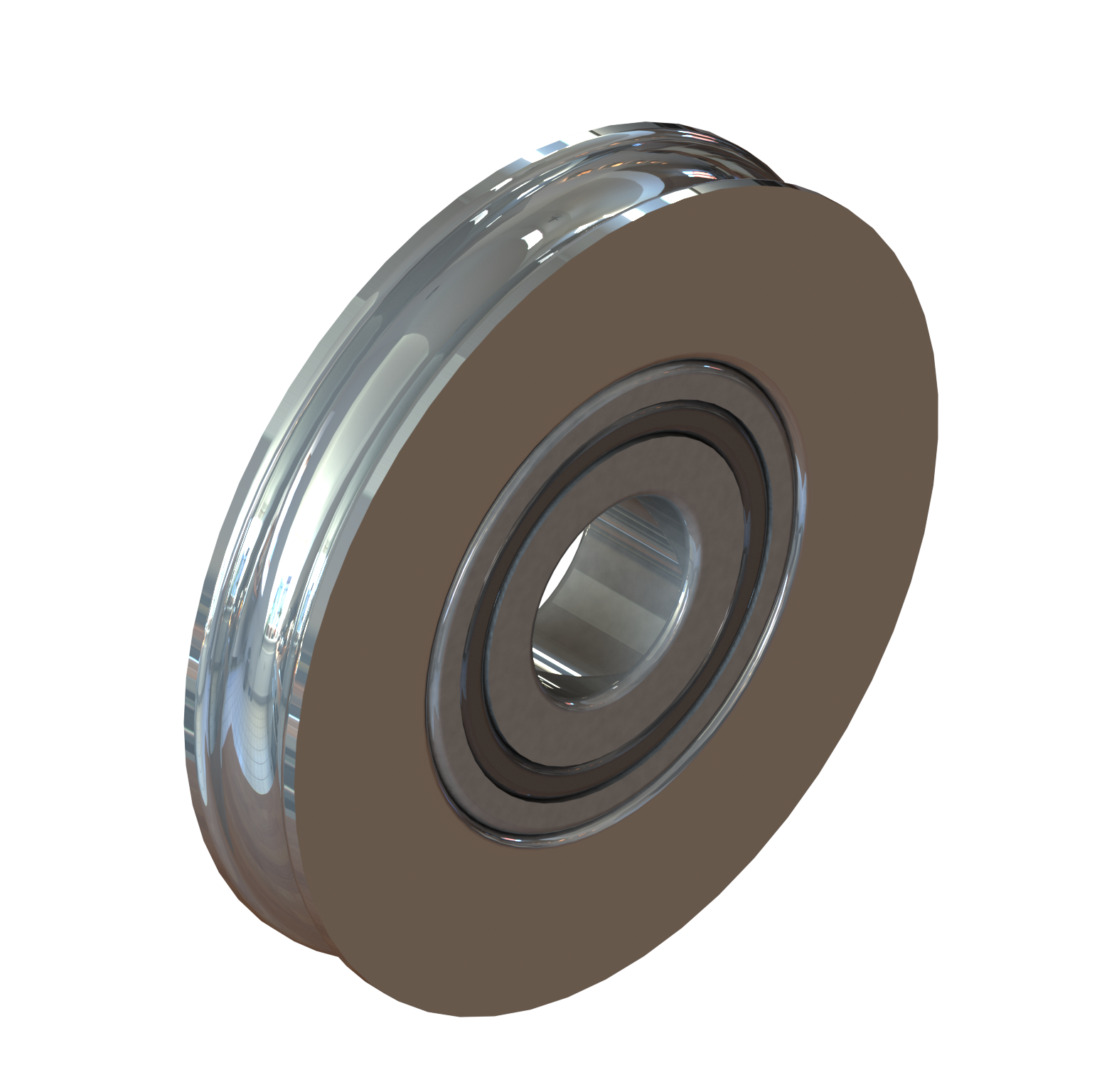
What role do cable pulleys play in gym and fitness machines?
Cable pulleys play a significant role in gym and fitness machines, contributing to the functionality, versatility, and effectiveness of various exercise equipment. They are widely incorporated into strength training machines, cable machines, and functional trainers, offering a range of benefits for gym-goers and fitness enthusiasts. Here are some key roles that cable pulleys play in gym and fitness machines:
- Resistance Training: Cable pulleys provide adjustable resistance for resistance training exercises. They allow users to select the desired weight or resistance level by adjusting the weight stack or attaching additional resistance bands. This versatility enables progressive overload and caters to users of different fitness levels, from beginners to advanced athletes.
- Exercise Variation: Cable pulley systems in gym machines offer a wide variety of exercise options. They allow users to perform a range of movements, including pulling, pushing, lifting, and rotational exercises. By adjusting the attachment points and using different handles or attachments, users can target specific muscle groups and engage in a diverse range of exercises, such as lat pulldowns, cable rows, chest presses, bicep curls, tricep pushdowns, and cable flyes.
- Functional Training: Cable pulleys support functional training, which focuses on movements that mimic real-life activities and improve overall strength, stability, and mobility. With cable machines, users can perform exercises that involve multiplanar movements and engage multiple muscle groups simultaneously. This helps enhance coordination, balance, and functional fitness, making cable pulley machines suitable for functional training programs and sports-specific conditioning.
- Core and Stabilization Exercises: Cable pulley machines require users to engage their core muscles and stabilize their bodies during exercises. The continuous tension generated by the cables challenges the core muscles and promotes stability, balance, and coordination. Cable pulley exercises can effectively target the abdominal muscles, obliques, and back muscles, contributing to core strength development and improved posture.
- Range of Motion and Muscle Activation: Cable pulley machines allow users to achieve a full range of motion during exercises. The smooth and controlled movement provided by the pulley system ensures optimal muscle activation and engagement throughout the entire exercise. This increased range of motion helps in maximizing muscle fiber recruitment, promoting muscle growth, and improving flexibility.
- Safe and Guided Exercise Execution: Gym machines equipped with cable pulleys provide a safer and more controlled environment for exercise. The guided movement of the cables reduces the risk of injury associated with free weights and improper form. Additionally, many cable pulley machines incorporate safety features, such as adjustable weight stacks, safety stops, and ergonomic handles, to ensure safe and effective exercise execution.
- Efficient Use of Space: Cable pulley machines are designed to optimize space utilization in gyms and fitness facilities. They often feature compact footprints and multiple cable attachment points, allowing multiple users to perform exercises simultaneously or switch between exercises quickly. This efficient use of space makes cable pulley machines suitable for both commercial gyms and home fitness setups with limited space.
Overall, cable pulleys play a vital role in gym and fitness machines by providing adjustable resistance, exercise variation, functional training capabilities, core engagement, and safe exercise execution. They contribute to effective strength training, muscle development, and functional fitness, making cable-based machines popular among fitness enthusiasts and professionals in the gym industry.
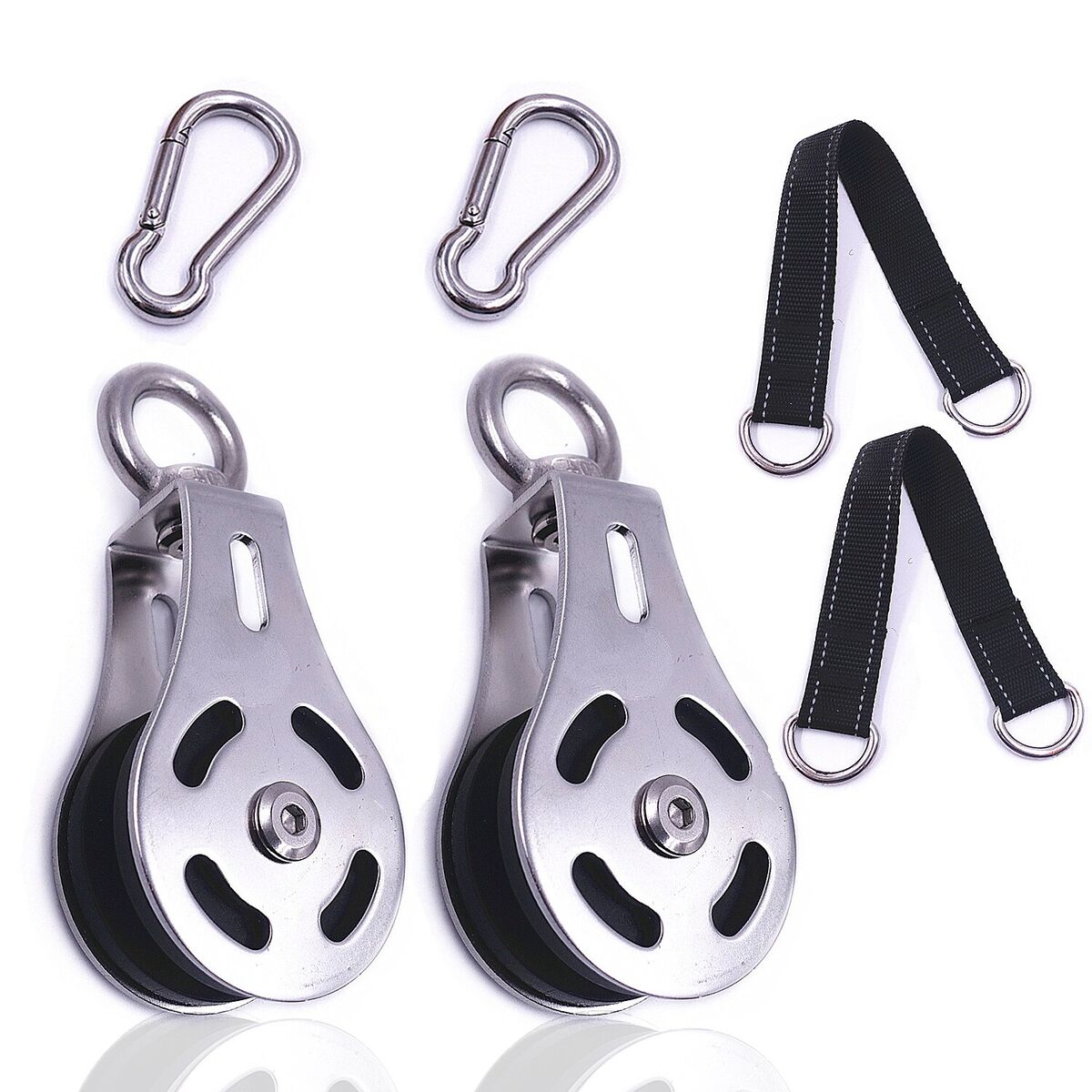
Can you explain the types of cables commonly used with cable pulleys?
Various types of cables are commonly used with cable pulleys, depending on the specific application and requirements. The choice of cable depends on factors such as load capacity, flexibility, durability, and resistance to environmental conditions. Here are some of the types of cables frequently utilized with cable pulleys:
- Wire Rope: Wire rope is a type of cable that consists of multiple strands of metal wires twisted together to form a helical structure. It is highly durable and offers excellent strength-to-weight ratio, making it suitable for heavy-duty applications. Wire rope is commonly used in lifting and rigging operations, such as cranes, hoists, and pulley systems that involve substantial loads.
- Steel Cable: Steel cable is similar to wire rope but typically refers to single-strand cables made of high-strength steel wires. It is known for its exceptional strength and resistance to abrasion, making it suitable for demanding applications. Steel cables are commonly used in winches, towing systems, and industrial lifting equipment where high tensile strength and durability are essential.
- Nylon Rope: Nylon rope is a synthetic fiber rope known for its high strength, flexibility, and resistance to moisture and chemicals. It is lightweight and easy to handle, making it popular in various applications. Nylon ropes are often used in recreational activities, general-purpose lifting, and pulley systems that require moderate load capacity and flexibility.
- Polypropylene Rope: Polypropylene rope is a lightweight and low-cost synthetic rope that offers good resistance to water, chemicals, and UV rays. It is commonly used in applications where weight is a concern, such as camping, boating, and light-duty lifting operations. However, polypropylene ropes have a lower strength compared to other types of cables and are not suitable for heavy loads or high-tension applications.
- Polyester Rope: Polyester rope is a synthetic rope known for its high strength, low stretch, and resistance to UV rays and moisture. It offers good abrasion resistance and durability, making it suitable for a wide range of applications. Polyester ropes are commonly used in marine environments, outdoor activities, and general-purpose lifting operations that require strength, flexibility, and longevity.
- Aramid Fiber Rope: Aramid fiber ropes, such as those made from materials like Kevlar®, are known for their exceptional strength, heat resistance, and high modulus. They offer excellent resistance to chemicals, abrasion, and impact. Aramid fiber ropes are used in specialized applications, including high-performance lifting and rigging operations, aerospace, and military applications.
It's important to select the appropriate type of cable based on the specific requirements of the application, considering factors such as load capacity, flexibility, durability, and environmental conditions. Additionally, regular inspection and maintenance of the cables are crucial to ensure their safe and reliable performance when used with cable pulleys.


editor by CX
2024-05-16
